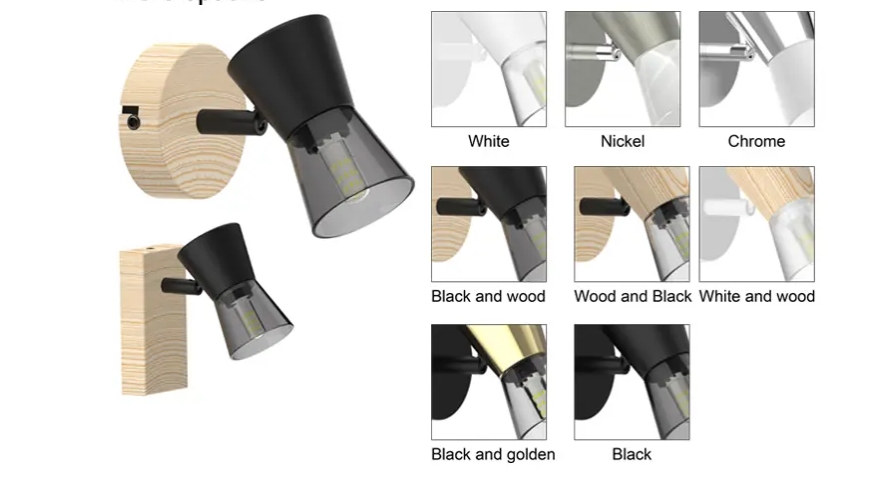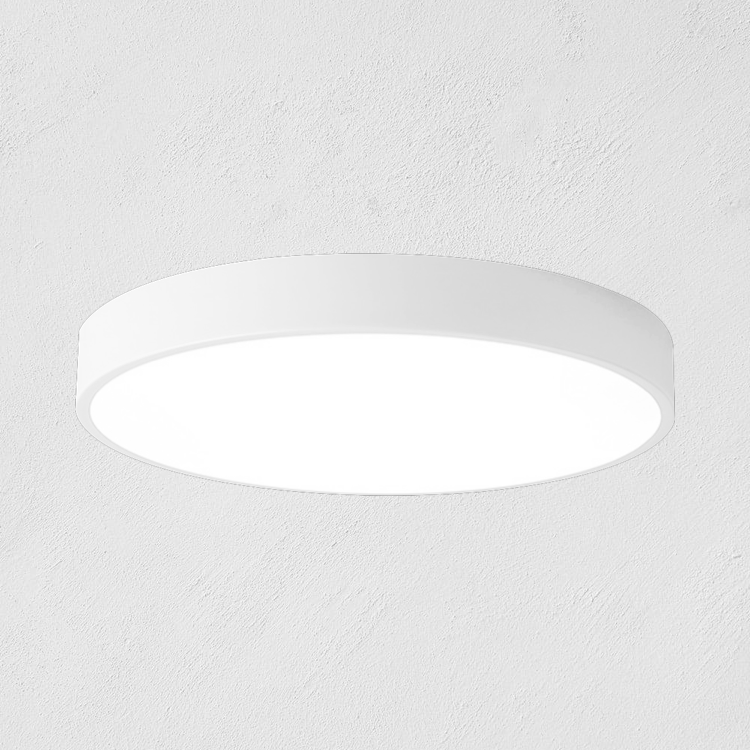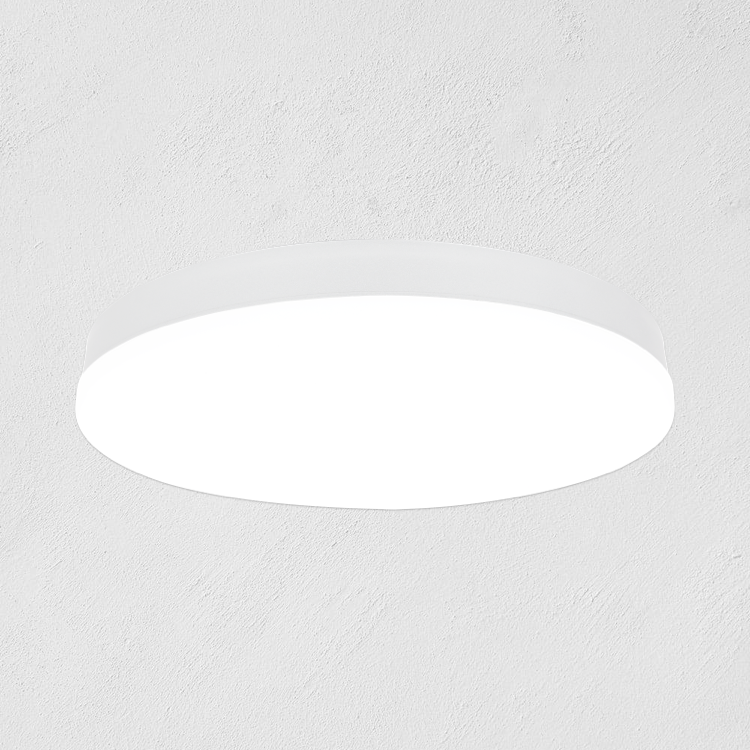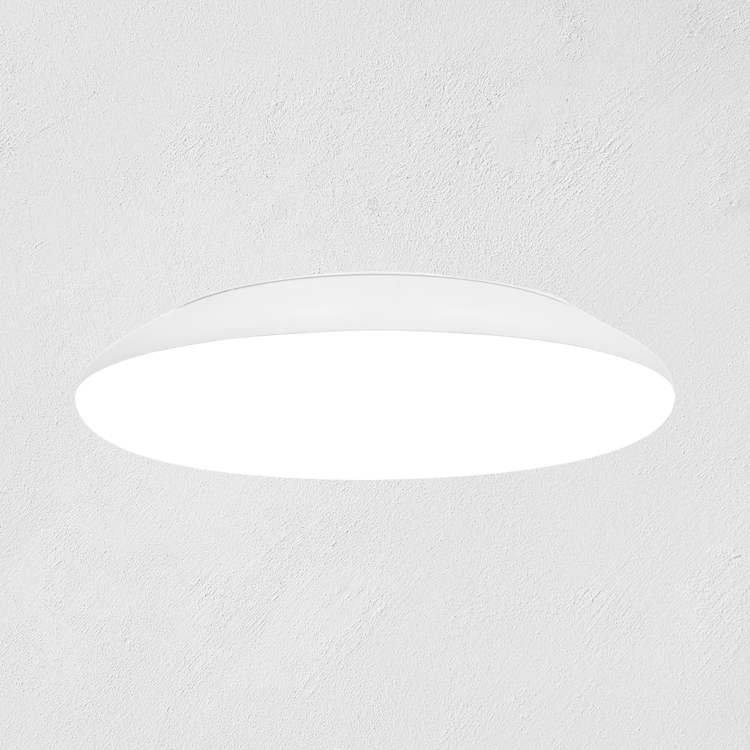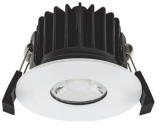Ceiling spot lights are integral elements of interior design, serving not only functional purposes but also playing a crucial role in creating ambiance and setting the mood of a space. Texture stands out as a subtle yet significant factor among the various aspects influencing their effectiveness. Here we explore how ceiling spot light texture contributes to the overall aesthetic appeal and atmosphere of a room.
The Significance of Texture in Lighting Design
Texture plays a pivotal role in lighting design, influencing the way light interacts with surfaces and the ambiance it creates. When it comes to ceiling spot lights, the texture of the surfaces they illuminate can greatly impact the visual perception of the space. Smooth surfaces tend to reflect light uniformly, resulting in a bright and well-lit environment, while textured surfaces scatter light, creating nuanced shadows and adding depth to the space.
Enhancing Visual Interest
Introducing texture to ceiling spot lights can elevate the visual interest of a room, transforming an ordinary space into a captivating environment. Textured surfaces, whether they are made of plaster, wood, or other materials, introduce subtle variations in light distribution, casting intriguing patterns and shadows that enrich the visual experience. From intricate patterns to organic textures inspired by nature, the possibilities for incorporating texture into ceiling spot lights are endless, allowing designers to unleash their creativity and tailor the lighting design to suit the specific aesthetic goals of the space.
Creating Atmosphere and Ambiance
Beyond their purely visual impact, textured ceiling spot lights also play a crucial role in shaping the atmosphere and ambiance of a room. The interplay between light and texture can evoke different moods and emotions, ranging from cozy and intimate to spacious and airy. For instance, a rough-textured surface illuminated by soft, warm light can create a sense of comfort and relaxation, ideal for intimate settings such as bedrooms or lounges. On the other hand, a smooth, glossy surface bathed in cool, white light can impart a modern and sophisticated ambiance, perfect for contemporary living spaces or commercial environments.
Highlighting Architectural Features
Ceiling spot lights with textured surfaces can also be used strategically to highlight architectural features and accentuate the unique character of a space. By selectively illuminating textured surfaces such as exposed brick walls, wooden beams, or decorative ceiling panels, designers can draw attention to these elements, adding depth and dimension to the room. This technique not only enhances the visual appeal of the space but also celebrates its architectural heritage and adds a layer of authenticity to the design.
Practical Considerations
While the aesthetic benefits of incorporating texture into ceiling spot lights are undeniable, it is essential to consider practical aspects such as maintenance and functionality. Textured surfaces may require more frequent cleaning than smooth surfaces, as dust and debris can accumulate in the crevices over time. Additionally, the choice of ceiling spot light texture should complement the overall design scheme and serve the functional needs of the space, ensuring that the lighting design enhances both form and function.
Conclusion
In the realm of interior design, every element plays a crucial role in shaping the look and feel of a space, and ceiling spot lights are no exception. Designers can create visually engaging environments that exude warmth, character, and ambiance by incorporating texture into ceiling spot lights. Whether used to highlight architectural features, evoke specific moods, or simply add visual interest, textured ceiling spot lights offer endless possibilities for enhancing the aesthetic appeal and functionality of interior spaces.


